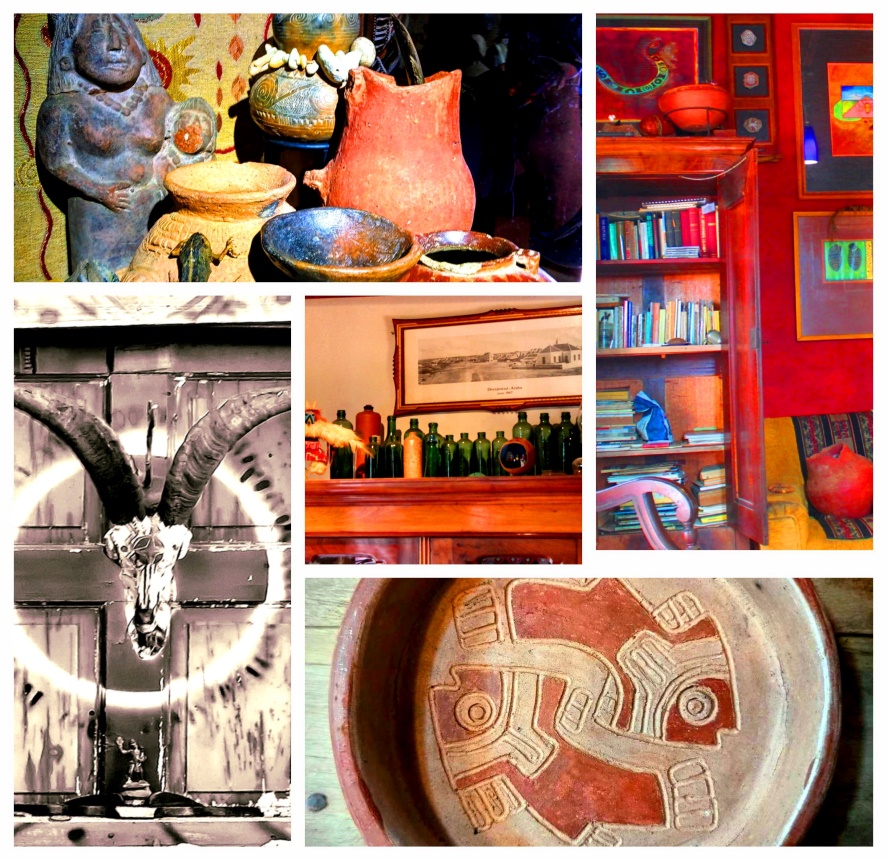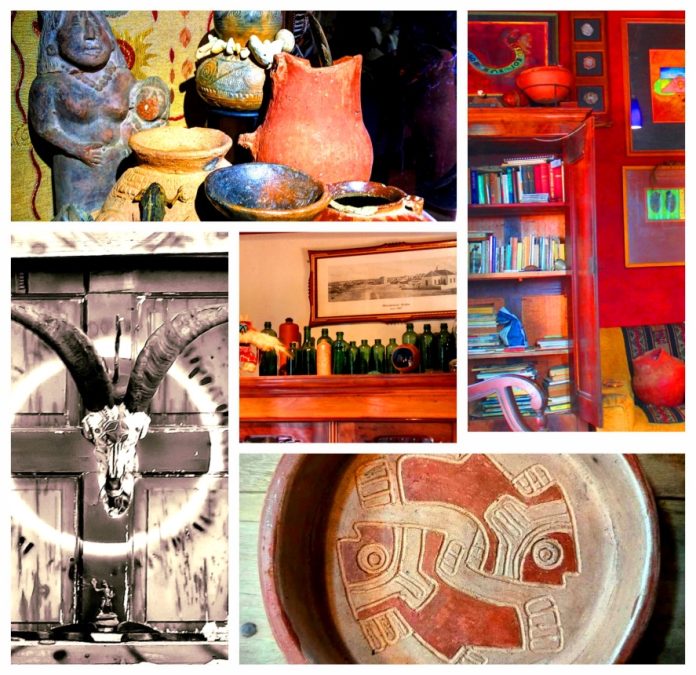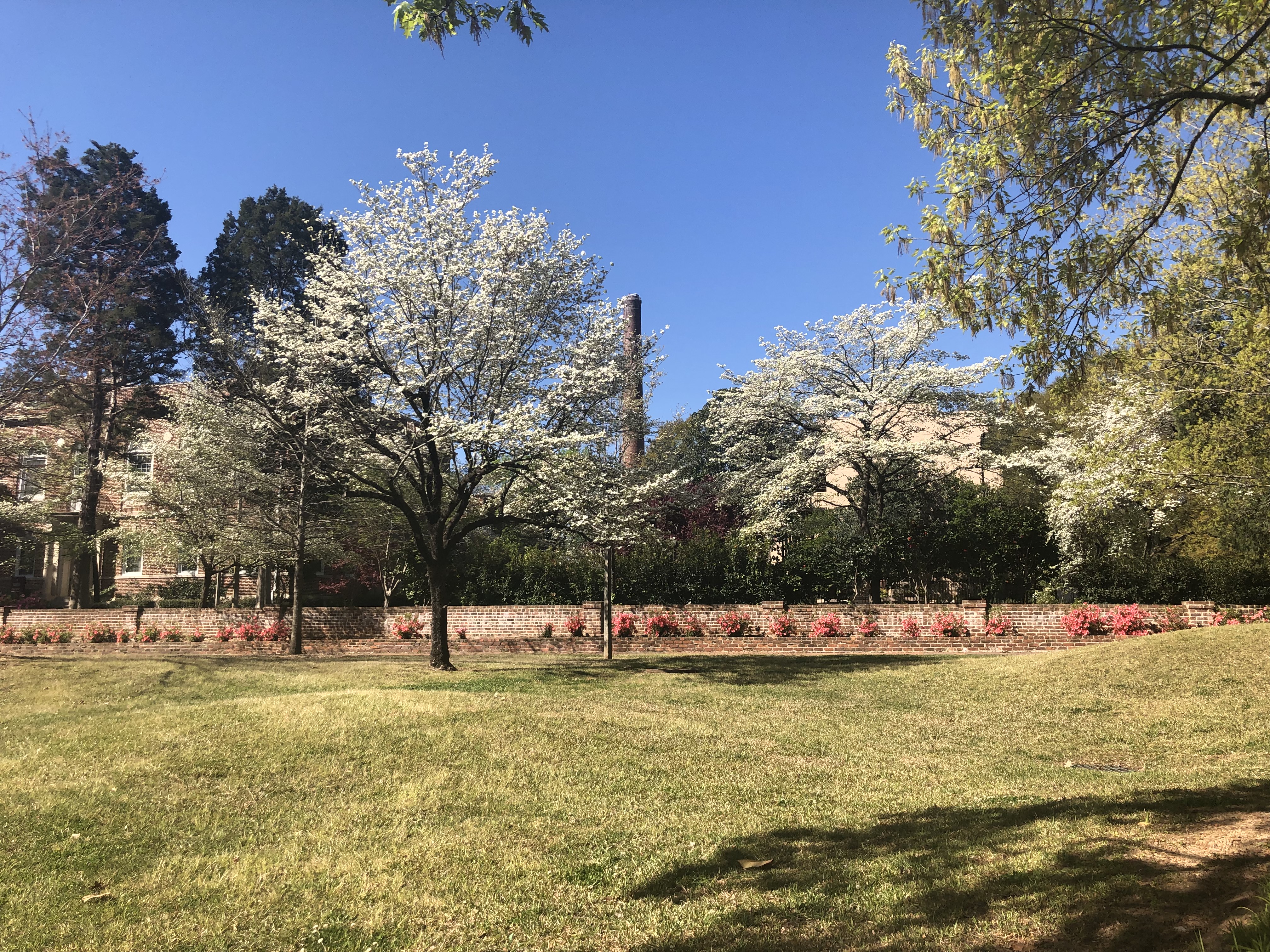Booking a magical glimpse inside Etnia Nativa
Article by Etnia Nativa call us 592 2702 and book your experience!
Each week, Island Insight shares with you a story of Aruba through the eyes of Etnia Nativa, a native venue that welcomes curious visitors to an island experience far beyond their usual expectations and connects each one with the mystical aspects of the island, its native culture, and its colonial heritage. In this episode and from that educational glance, we share intriguing curiosities concerning museums and collectors.
Museums emerged in the Renaissance period with the so-called cabinets of curiosities, which were private collections that housed a wide variety of objects, including natural specimens, scientific instruments, artwork, cultural items, and diverse artifacts, among others.

These collections, often assembled by scholars, scientists, and wealthy individuals who sought to acquire knowledge about the natural world, represented the early integration of science and technological development.
As scientific knowledge expanded and diversified, specialized museums began to emerge, and each museum represented the particular collection that shared the interests and advancements of its particular era and country. In addition to their function as repositories of scientific knowledge, museums have increasingly embraced an interactive and educational role while maintaining a continuous evolution.
It’s fascinating to see how, over time, museums have transformed and adapted to new roles and perspectives, extending their social function beyond safeguarding the past and promoting inspiring and meaningful experiences.
Since 1994, in Aruba, a hidden native cabinet of curiosities, known as Etnia Nativa, has contributed inmencely to the island’s cultural tourism, both behind the mainstream media and by welcoming exclusive visitors. This is done through the staging and presentation of objects, story telling, artworks, texts, images,a large botanical garden, and many more that create a vibrant and immersive experience for its visitors and for its followers on the media. “In situ,” as they journey through each space, different scenarios invite different interactions with objects and artworks on permanent exhibition. Although the duration of the visit may be limited, the impact of the experience is such that it becomes a memorable and unique event. By sharing its private exhibitions, the museum narrates the authentic history of the island, going beyond the surface level and delving into the depth and richness of its cultural heritage presentation with the same passion and knowledge as it does weekly through our newspaper.
The content of its exhibitions motivates curious visitors to experience ancestral insular knowledge acquired through time, studies, and research data. This, on its part, encourages the transmission of the island’s cultural traditions, giving it all a deeper understanding and appreciation of how Aruba’s history is intertwined with colonial custums inside a particular environment that creates a visitor’s connecting point with the past towards and into the present. Etnia Nativa shares appreciation for the island’s heritage and breaks away from traditional exhibition models by actively engaging visitors in direct communication. Even before they enter the building, it signals visitors that they are about to embark on a journey of discovery and learning.
The owner, director, and curator of this unique museum is a multi-talented individual renowned for his skills as an engraver, ceramic artist, maverick anthropologist, intensive collector, and newspapers columnist. His artistic practices involve a captivating fusion of native imagery and indigenous design, often expressed through simple geometric “glyphs” that poignantly reflect people’s relationship with the environment. By weaving indigenous techniques and spiritual teachings into his innovative work, the aim is to honor and preserve the island’s cultural heritage as well as its traditions.
Connect in this newspaper to “our” hidden island treasure, a.k.a., cabinet of curiosities, through “Island Insight,” its weekly cultural blog, and marvel at how it represents the particular thoughts, interests, and advancements of our island nation. In addition to serving as repositories of scientific knowledge, this native place and its select collections play an interactive and educational role in constant creation.
Etnia Nativa is a tribute to Aruba’s rich history and cultural heritage, involving a beautiful property made only with reused materials and guided tours by the owner, whose native roots date back to 1640. Visitors enjoy a diverse array of artworks, objects, artifacts, dissected animals, plants, historical colonial furniture, and many more that you won’t see anywhere else, proving the untold history of an Aruba yet to be discovered.
Visits are only by appoinmment Whats App +297 592 2702 etnianativa03@gmail.com




















